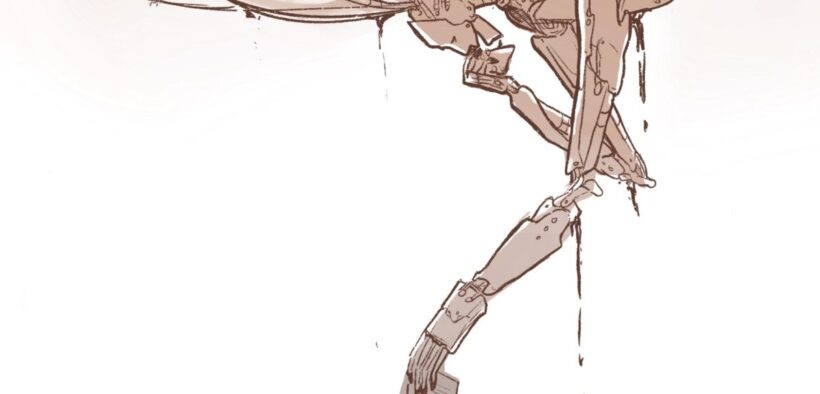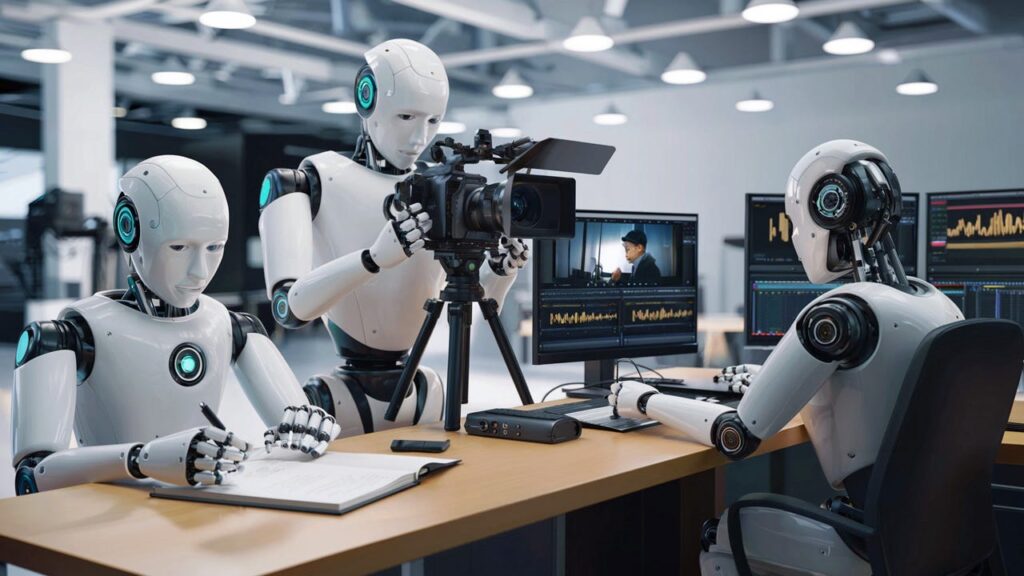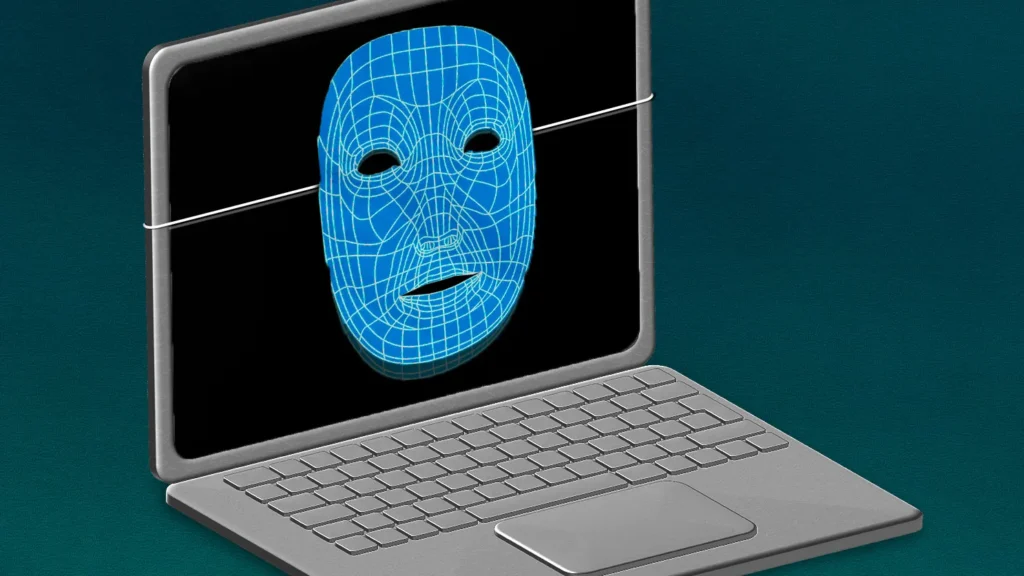Opinion | AI Art Is Getting Better, But It’s Still Hollow
Share

AI-generated artwork has come a long way—much further than I expected back in 2022 when DALLE-2 first went viral for consistently messing up something as basic as the number of fingers on a hand. The technology has improved so much that companies are now airing AI-created ads on national television.

The quality of these ads varies wildly. Honda recently pulled its 2025 “Happy Honda Days — Rugged” commercial, likely because of its bizarre, AI-generated backgrounds that looked more like an LSD trip than a car ad. Coca-Cola, meanwhile, released a holiday commercial that could probably fool your parents or grandparents into thinking it was shot and edited by real professionals.
In just a few years, it might become nearly impossible to tell whether a piece of media was created by a human or a machine—unless we’re explicitly told. Back in 2022, I loved mocking AI’s bizarre outputs: the warped faces, the soulless eyes, the creepy hands. Those obvious flaws made it easy to dismiss AI as a tool unfit for real artistic creation. But those telltale mistakes are becoming less common. Even if AI art still often looks “off,” the claim that it will always fall short of human art on a technical level is quickly losing ground.
But technical quality was never the real issue. Even if AI art becomes flawless in form, it will still lack something essential: meaning.
True art invites us to return to it again and again, each time discovering something new. It’s not just the artist’s skill that captivates us—it’s the small, intentional choices layered throughout a work that create emotional resonance and personal connection.
Human-made art grows with us. A song I loved at 16 still hits differently at 26—not because the notes changed, but because I did. I’ve found new meaning in the same lyrics as my life experiences have shifted. That kind of relationship with art is only possible when it’s made by another human being sharing something real.
AI art offers none of that. What you see is what you get. There are no deeper layers, no human intention behind the choices. The only meaning in an AI-generated image or video is the prompt that created it. Everything else is random or borrowed—fragments of ideas lifted from real artists without context or understanding. The result is emotionally flat and intellectually shallow.
Consuming meaningful art teaches us to ask why. Why did the artist choose this color? Why does this image evoke that feeling? Why does this song speak to me now more than it did last year? These questions lead us deeper into the world and help us understand ourselves and others. Even a provocative question—like “Why does Ice Cube say ‘f— tha police’ if they’re supposed to protect and serve?”—can open doors to difficult but necessary conversations about history, power, and justice.
AI can generate a painting about the AIDS crisis or a screenplay about police brutality—but that’s all it can do. It can’t reflect on those experiences. It can’t share what it was like to live through them. Any symbolism in its output is unintentional, and any emotional impact is coincidental. It has nothing to say, and it certainly has no answers.
Art and culture are deeply intertwined. The way we engage with art shapes how we see the world. Human art challenges us, teaches us empathy, and encourages critical thought. AI art, by contrast, is surface-level. If we only consume art that has no depth, we risk becoming people who stop looking for depth—in culture, in politics, even in each other.

Human art exposes us to lives we’ll never live. It helps us understand people we’ll never meet. It teaches us to value different perspectives and to reflect on what it means to be human. This kind of engagement is more important than ever, especially in a time when disinformation and hatred are on the rise.
No matter how realistic AI-generated films or illustrations might look, there’s nothing real behind them. Just a prompt. No story. No life. No reason to come back and look again.